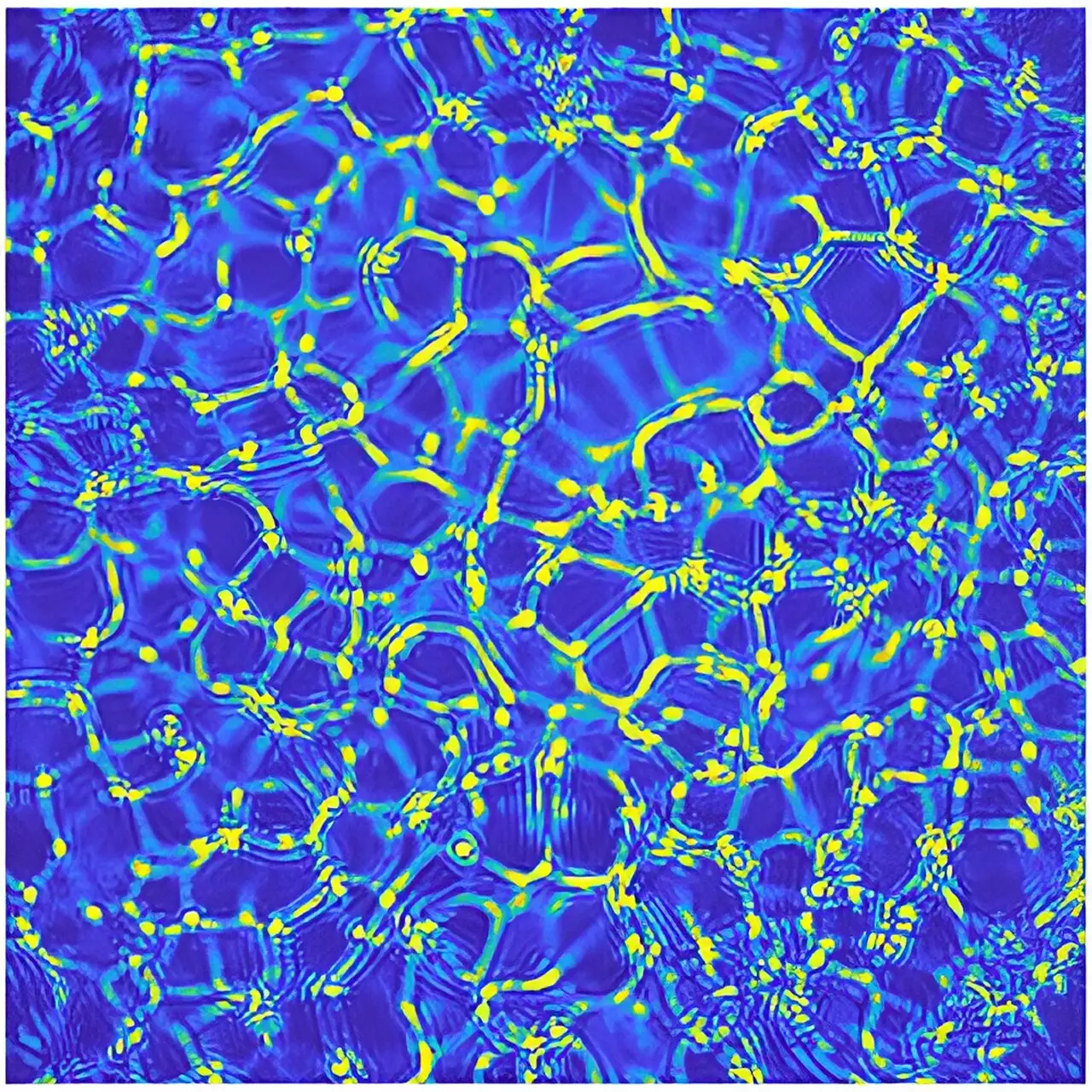Convective instabilities are critical phenomena that play pivotal roles in both ecological contexts and daily life. These instabilities arise due to density differences within fluids, leading to fascinating patterns and behaviors observable across various natural systems. One classic example is the Rayleigh-Taylor instability, where a lighter fluid ascends into a denser one; this can be witnessed in events like volcanic eruptions or the billowing clouds formed after explosions. The foundational work of Lord Rayleigh laid the groundwork for understanding these instabilities over 140 years ago, fundamentally reshaping our comprehension of fluid dynamics.
In the spirit of innovation, recent research conducted in collaboration with the University of Milan has unveiled a novel convective instability that deviates from the well-known Rayleigh-Taylor framework. Rather than demonstrating instability through a lighter liquid rising into a denser medium, this new phenomenon starts with a heavier liquid—specifically, glycerol—situated at the bottom of a container, while a lighter liquid, water, rests above it. This arrangement, which is typically viewed as gravitationally stable, provides a unique platform for exploration into unexpected fluid behavior.
The breakthrough hinges on the introduction of silica nanoparticles into this system. Rather than remaining static, these nanoparticles exhibit a tendency to migrate upward to minimize their interfacial energy. This diffusion process, termed diffusiophoresis, leads to the development of denser regions in the water layer, creating a delicate balance between buoyancy and gravity. The interplay of these forces sets in motion a novel hydrodynamic instability that challenges previous understandings of fluid mechanics.
The experimental evidence for this unique instability is compelling. Upon irradiation with light, the structure factor of the fluid mixture reveals a stark contrast between colloid-poor regions and those rich in nanoparticles. This visual differentiation emerges as a result of the arms of colloidal networks forming a bright fluorescent outline against the darker, depleted areas. This method not only demonstrates the presence of the instability but also provides an avenue for future research into the underlying mathematical models.
Mathematically, this instability is modeled through coupled diffusion equations that consider the behaviors of both the nanoparticles and the solute. The resulting Rayleigh number—though rooted in the principles articulated by Lord Rayleigh—takes on a new significance as it predicts this groundbreaking instability. The ability to quantify and predict this behavior represents a significant advancement in our understanding of fluid dynamics.
The implications of this discovery extend far beyond theoretical physics. The new convective instability holds considerable promise for a range of applications across various disciplines. In technology, it could facilitate the creation of microscopically structured materials, leading to innovations in fabrication processes that require controlled internal microstructures. The induction of nanoparticle coagulation within the arms of the network could open pathways for the development of novel materials via sol-gel processes.
Additionally, the utility of this instability could lead to advancements in environmental science, particularly in the separation of complex fluid mixtures. This includes potential applications in the pharmaceutical industry and in natural systems, where the separation of colloidal contaminants, including microplastics, is becoming increasingly critical. The ability to harness this convective instability for environmental cleanup represents a significant leap forward.
As we delve deeper into fluid dynamics, this research could also offer insights into biological patterns and phenomena. The study of how this instability manifests can provide answers to long-standing questions about the vibrant stripes and colors seen in various species, from zebras to tropical fish.
The revelation of this new convective instability not only enhances our understanding of fluid dynamics but also provides a springboard for technological and ecological advancements. With ongoing research and explorations into this phenomenon, we stand on the brink of significant breakthroughs that may reshape our approach to materials science and environmental protection. The pursuit of knowledge in fluid dynamics continues to spark curiosity and innovation, propelling us into an exciting future.


Leave a Reply